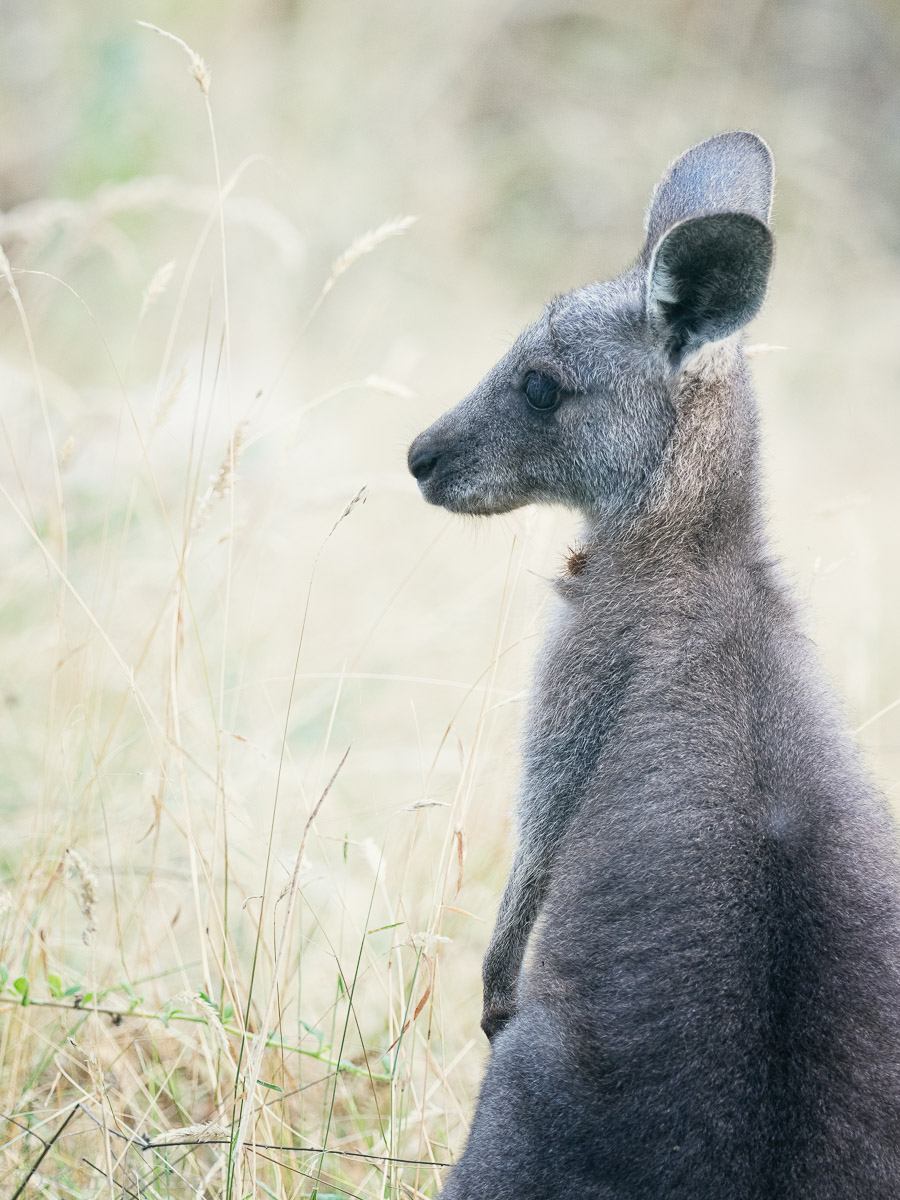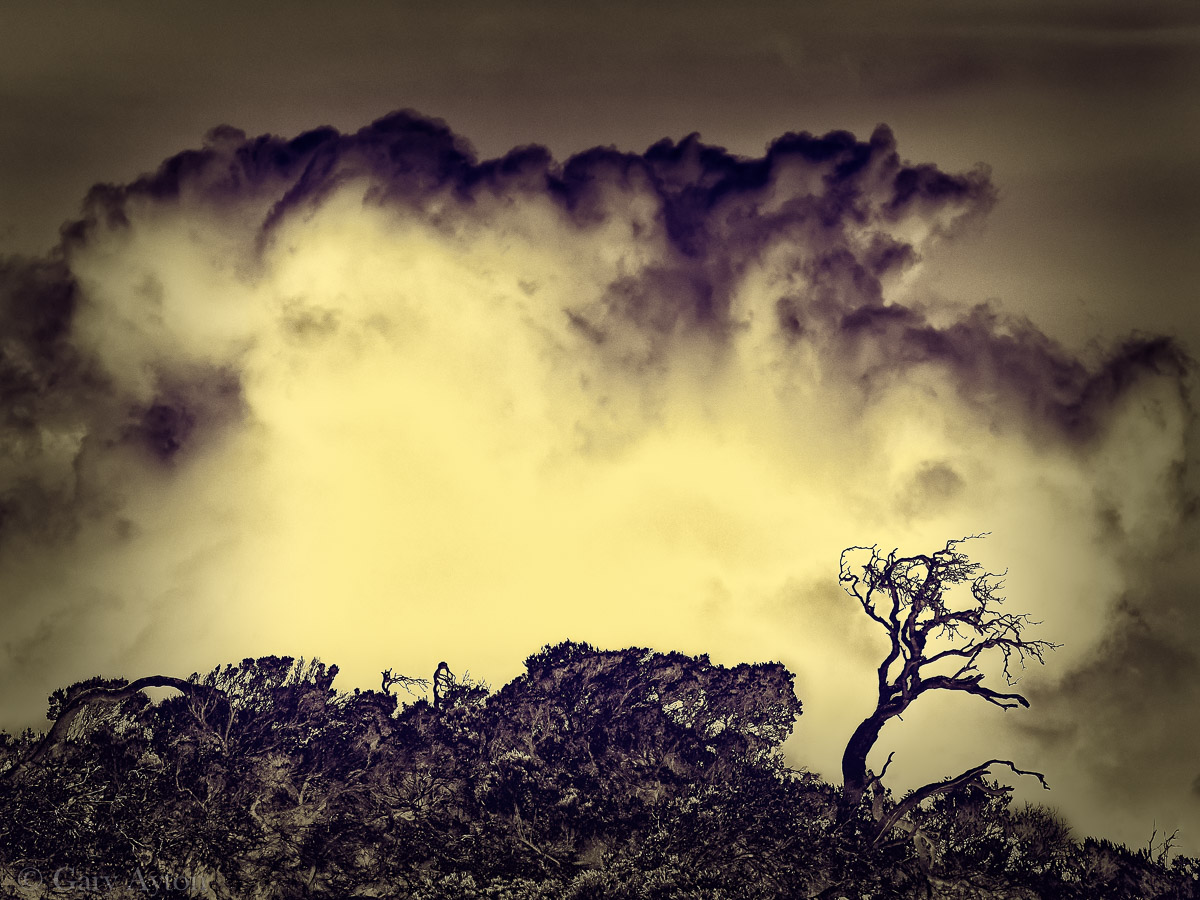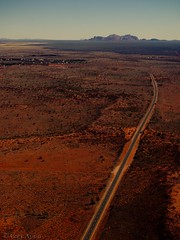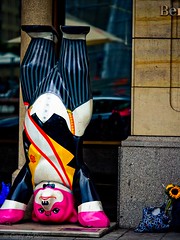It is 2019 and the photography world has been changed for ever – the profit margins and ability to make a living from photography has taken a massive hit thanks to the devaluation of the photograph and the photographer as a result of super saturation with digital images.
Making money from photography is becoming so difficult, many pro photographers have resorted to relying upon advertising income from YouTube photography tutorials and gear reviews to make ends meet.
Clients often do not understand how time consuming the post-processing and image management phase is (see this little blog post on event photography) and thus the total hourly rate a photographer is paid may fall below the minimum wage, and this doesn’t even factor in their equipment and business costs such as public liability insurance, equipment insurance, car costs, office rental, etc.
According to CareerCast’s 2018 Jobs Rated Report , photography made it into the WORST 25 jobs in the US with median income less than the US median income for all jobs while photography jobs are expected to decline over the next few years (see Petapixel’s post)! Perhaps it is NOT the best career choice! See my wiki post on photography as a career.
According to Domo’s Data Never Sleeps 5.0 report, on average, every MINUTE Snapchat users share 527,760 photos, Facebook users post 200,000 photos and Instagram users post 46,740 photos – most of these are taken smartphones. That equates to 400 million photos uploaded just in Facebook and Instagram EVERY DAY!
People take 1.2 trillion photos each year! Mainly with smartphones.
Global camera sales have markedly fallen due to the rise of smartphones, and possibly that most people already have a digital camera that is adequate for their needs and see no reason to upgrade.
Why do you need a camera instead of just a smartphone?
For most people the image quality of a smartphone is adequate for their needs, and with AI / computational photography which is improving image noise and even background blurring in smartphones, the need for a digital camera is becoming less.
Reasons you may want a digital camera:
- better image quality especially in low light or high dynamic range scenes
- better image stabilisation for hand held long exposure shots
- ability to take wider field of view shots rather than rely to panoramic stitching
- ability to shoot high quality telephoto images
- ability to shoot higher magnification macrophotography with focus stacking for greater depth of field
- ability to have greater control over the image taking process – better subject tracking AF, better exposure control and bracketing, longer shutter speeds for blurring water, etc
- ability to shoot fast moving subjects – AF locking on moving subjects, faster burst rates, better image quality at lower light levels
- improved ability to work with electronic flash / strobes including high speed sync, etc.
- to help you see the world in a different light, to be more mindful of every moment you live and seek out beauty and weirdness in the world around you which most people take for granted or do not notice
- for professional work if your clients are not going to respect you if you turn up with just a smartphone
- as a status symbol – yes, a Leica or Hasselblad camera will probably still convey that you are probably wealthy
What camera gear will suit YOUR needs the best?
Choice of camera gear is always a compromise between:
- price
- feature set of the camera
- ergonomics
- sensor image quality
- file size, image storage size and post-processing speed
- size and weight of the lenses to match the camera system
- optical quality and capabilities of the lenses
- the need for a large, heavy tripod (the bigger the camera and lens, the bigger the tripod and tripod head required)
Perhaps the first issue you need to consider is the sensor size:
For the same technical quality of the sensor, the larger the camera’s sensor, the better the sensor image quality in terms of ability to capture high contrast scenes and have less image noise in low light situations, while offering greater versatility and control over how much you can blur the background.
BUT larger sensor cameras come at massive costs!
Larger sensor cameras are generally much more expensive, have much more expensive and far larger and heavier lenses which means greater issues for traveling and hiking and a greater opportunity cost – you might be better off spending the money on a holiday which might give you better images.
Cameras and lenses depreciate in value quickly – digital cameras lose nearly all their value after 5 years so as general advice is don’t spend too much on a camera if you are not going to be using it enough to warrant that cost.
Most people these days are quite happy with the image quality of the very tiny sensor in their smartphones, and so a substantially larger sensor cameras such as Micro Four Thirds will provide nearly all the feature sets and image quality they will need – and particularly as AI and computational photography combined with new multi-layered sensors are introduced over the next few years to dramatically further improve image quality.
I personally shoot 90% of my photos on Micro Four Thirds as they are far more fun to use and give me adequate image quality for less weight and cost than a full frame camera system. The other 10% is made up with smartphone shots and full frame camera shots (yes I do have full frame as well for special situations but I hate using it).
If you really think you need the higher image quality of larger sensors then there are a few sensor sizes to consider in increasing size and sensor image quality:
- APS-C cropped sensors such as the excellent but expensive Fujifilm X mirrorless system with their lovely lenses (I would not recommend Canon or Nikon cropped sensor cameras at present as their dedicated lenses are not that great and they are both in the progress on moving to mirrorless systems – Canon’s EOS-M mirrorless cameras has lens compatibility issues with their new Canon R full frame mirrorless system, so I would avoid the Canon EOS-M system personally).
- Full frame sensor cameras starting at $US2000 (excl. lenses) such as Sony a7III, Canon RP or Nikon Z6 (or you could buy the older dSLR technology realising that you will not be getting the latest AI technology which mirrorless allows such as the latest AF tracking and your lenses will not be optimised if you later transition to the mirrorless world)
- Medium format sensor cameras such as Fujifilm GFX which will set you back $10000-$30000 depending on camera and lenses
What about the megapixel count?
For most of us, all current cameras give adequate numbers of pixels – smartphones give around 8mp, video-optimised cameras can be around 12mp, the older Micro Four Thirds cameras are at 16mp, while most cameras are at 20-24mp – it really doesn’t matter they will all be fine for internet display of images as well as printing high quality prints to about 20″ x 30″ which suffices for 99% of users.
Some people may want more for very large highly detailed images of landscapes or architectural works or if they are in the habit of severely cropping their images and for this there are several options:
- buy an expensive high resolution camera eg. 40-50mp such as a Sony a7RIII or Nikon Z7 or even the new Fujifilm GFX 100S 100mp camera!
- take multiple images and do a panoramic stitch
- for static scenes, use a camera with sensor-shift HiRes mode to take multiple shots of the same image to create a high resolution 50-80mp image
Features to consider in your camera:
Can it detect the closest eye and track it to keep it in focus?
- Most of us take photos of people, and the aim is usually to get the sharpest focus on the subject’s closest eye – failure to do so will generally detract from your portrait.
- Olympus was the first to develop a closest eye AF detection and locking capability, but now Sony have taken this even further with their Real AF system. Panasonic, Fuji, Canon and Nikon are catching up.
Can it track moving subjects well and can the user optimise this for their needs?
- traditionally the expensive sports pro dSLRs such as the Canon 1DX and Nikon D5 were the best at this but the new mirrorless cameras with the help of AI and their faster burst rates are changing the game.
- the Olympus E-M1X has AI to track moving trains, motorbikes, etc and will add more as time goes on.
- Sony can detect and track animal eyes.
- Olympus E-M1 II and E-M1X can allow the user to set a focus range so the camera’s AF will ignore anything closer or more distant than that range – great for avoiding AF locks on the background instead of the player!
How fast can it shoot to capture sports?
- an issue with the higher resolution cameras is that the file sizes are extremely large and thus the burst rate is much slower – usually only 5 frames per second instead of closer to 10 fps for most sports cameras when using mechanical shutters.
- some Olympus and Sony cameras allow full AF tracking with silent electronic shutters at 18-20fps – but fast moving subjects such as soccer balls may become distorted due to the otherwise well controlled rolling shutter that is a problem with all current electronic shutters until we get a global electronic shutter.
Can it take high quality images BEFORE you get to press the shutter so you don’t miss a critical action shot?
- a major problem in capturing unpredictable actions shots such as a bird suddenly deciding to take flight or an unseen motorcyclist coming over a jump, is the human reaction time – some cameras such as the Olympus OM-D E-M1II and E-M1X have a “Pro-Capture” mode which automatically saves a number of shots BEFORE you press the shutter so you don’t miss that time critical shot – a very valuable feature for some people.
Can it take high quality images of moving subjects in low light?
- a great image stabiliser in the camera (the Olympus E-M1X has the best out there) is fantastic for low images where you can resort to a longer shutter speed but this will result in blurring of any moving subject – great if you want moving water blurred but not so helpful when shooting sports or wildlife in low life – in these situations, a full frame sensor with a wide aperture expensive lens may be required to get the image quality you want – and this may mean $10,000+ and 5-10kg of gear to carry – there is no free lunch here!
- if Milky Way astroscapes are your thing (although they are getting a bit passé these days thanks to super saturation of the internet with these images), a full frame sensor with a wide aperture wide angle lens and tripod is probably the best way to go.
Can you get the look you want with the camera?
- most cameras will be able to give you the look you need but can they do it within the price and weight you are willing to pay?
- Micro Four Thirds can give lovely portraits with blurred backgrounds if you use a suitable lens such as 20mm f/1.7 pancake lens, a 25mm f/1.2, a 45mm f/1.2 or f/1.8, or 75mm f/1.8
- I love to carry my Olympus 40-150mm f/2.8 lens traveling as it is relatively compact for such a long range high quality weathersealed lens, that it supplements my smartphone perfectly and allows me to capture images most other people cannot capture.
- BUT if you really need that ultra-shallow depth of field and extreme background blurring then you may just have to pay up for a full frame to get that degree of control and that is perhaps why the first lenses Canon have made for their Canon EOS RP mirrorless camera is a 50mm f/1.2 and 85mm f/1.2 – both very expensive but excellent lenses.
Is it weathersealed and how reliable is it?
- One of the reasons I chose Olympus OM-D E-M1 cameras is that they probably have the best weathersealing out there – so good that users confidently wash their cameras under running tap water. You may even escape a transient dunking in a river without harm although this is not recommended!
- This gives one much confidence when shooting in inclement conditions or even in the event your water bottle leaks in your backpack carrying your camera gear.
- Unfortunately, most other cameras have weaknesses in their sealing which may let you down when you most need it.
How easy is it to carry and use?
- lens weight is a major issue – anything more than about 800g starts to get tiring to carry and even worse if the camera does not have a comfortable grip – this is a problem with the Sony full frame mirrorless cameras and one of the reasons I much prefer to use my Olympus OM-D E-M1II
- camera design ergonomics have a big impact on user experience – where are the buttons and dials placed and how easy are they to use? Is the rear screen able to be swiveled out and what features can be activated when used as a touch screen?
- how user friendly is the menu system? – the Sony system is not great, Olympus is marginally better. If you only use one system you can get use to that system’s menu but it becomes problematic when you have two different camera brands and you have to remember how each menu works.
- a great in-camera image stabiliser may be more forgiving with one handed shots and may allow you to leave your tripod at home more often.
- can you flip out the LCD screen to do a selfie?
How good is it for video?
- I am not a videographer and pro videographers have special expectations from a camera for swivel out LCD screens for selfie vlogging to rolling shutter minimization, slo-mo options, 4K 60p, etc.
- For me, I just need an easy to use video without needing a tripod or heavy expensive stabilisation rig to prevent annoyingly shaky videos, and that means great in camera image stabilisation and the Olympus is great in that regard.
Conclusion
Everyone has different needs and priorities.
If you are making a living out of photography then you have paying clients and your choice of camera will be determined by how best you can meet their needs.
For the rest of us, the camera should be a fun tool, which is not burdensome, not going to financially stress us, and which can keep us in the learning process throughout our life while allowing us to appreciate the present moment and motivate us to get out there to enjoy life, and perhaps even as a tool to help us connect with others – just don’t rely on social media Likes to determine your happiness – the happiness should come from you living life not on what other people think of your images – for that is the road to frustration, disillusionment and unhappiness.
Photography for most of us should be about the journey and enhancing our life experience, and not about the end goal.





















































